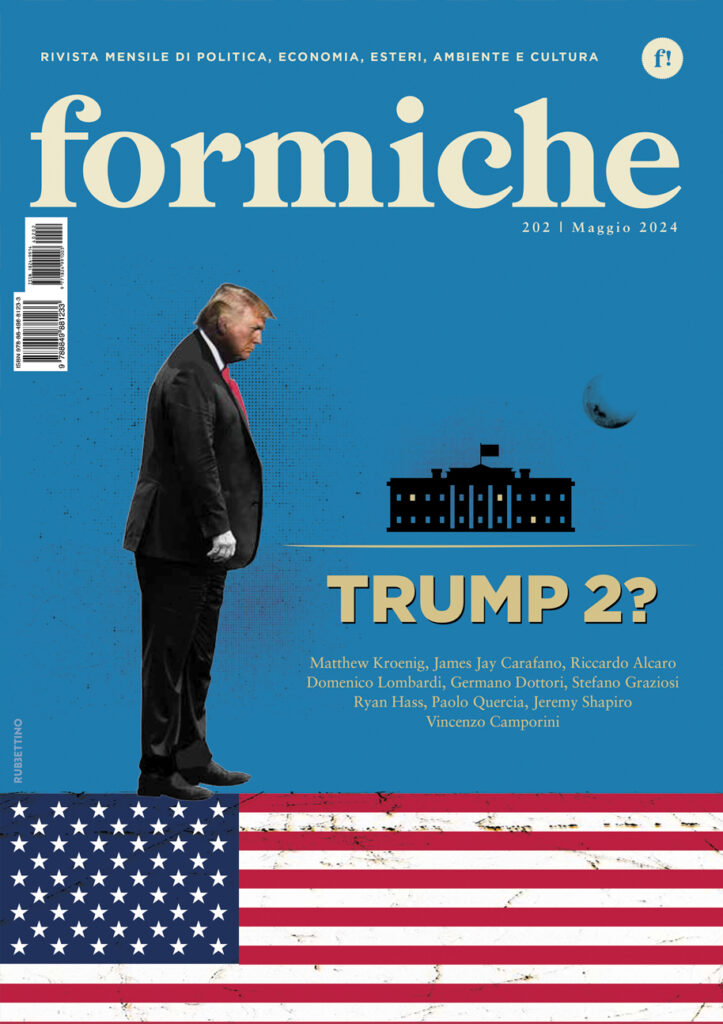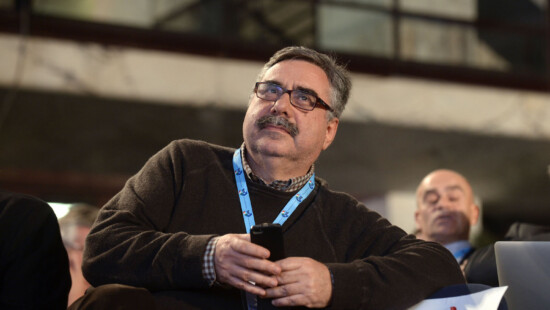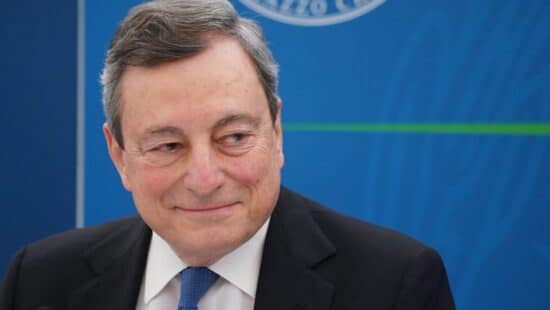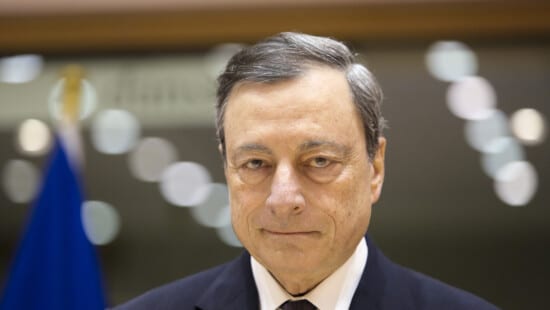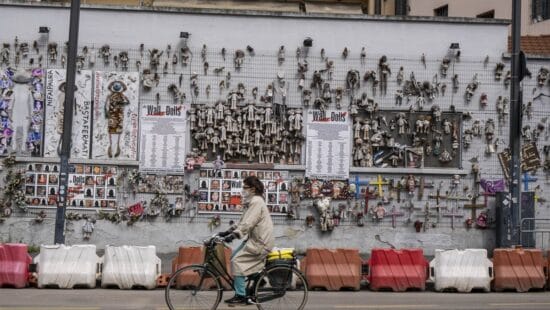I progetti di riconversione e una strategia mirata in tal senso possono generare in Italia almeno un milione di posti di lavoro, ma bisognerà utilizzare al meglio le risorse rese disponibili dal Next Generation Eu. Il commento di Paolo Pirani
Archivi
La Superlega tra calcio e miliardi. Ma è colpa degli americani?
L’annuncio della “European Super League” ha scosso il mondo del calcio (e non solo). E se aprire quotidiani e telegiornali con articoli indignati fosse solo l’ennesima conferma dell’antico principio di “panem et circenses” o un uso strumentale dello sport come arma di distrazione di massa? E se l’aspra reazione di leghe nazionali, Uefa e Fifa non fosse in larga parte strumentale, legata soprattutto al desiderio di difendere l’attuale assetto di potere?
Modello Ceca. Il futuro dell’Europa secondo Castaldo e Berti (M5S)
La storia indica la via per l’innovazione istituzionale. Per rilanciare il progetto europeo occorre ripartire dalle fondamenta della sovranazionalità, ovvero la capacità dell’Ue di finanziarsi in maniera autonoma. A settant’anni dalla firma del Trattato di Parigi che ha istituito la Ceca e in vista della Conferenza sul futuro dell’Europa, l’unione fiscale è e resta la cifra dell’unione politica. L’intervento degli esponenti del Movimento 5 Stelle Fabio Massimo Castaldo, vicepresidente del Parlamento europeo, e Francesco Berti, deputato alla Camera
Che cos'è la Superlega e perché è uno schiaffo alla storia del calcio
Oggi il calcio è tramortito. Un’attività commerciale come un’altra. Un gioco per gente che conta miliardi invece di gol ed assist. È un giorno triste per tutti i dilettanti d’Europa, per tutti i vivai e gli oratori dove si insegue un pallone, per le squadrette che militano ai margini delle città, nei paesini, nelle periferie d’Europa. La Superlega è uno schiaffo alla storia del football. L’opinione di Gennaro Malgieri
Il Draghi "senza freni" piace agli italiani (Erdogan è avvisato). Il barometro di Arditti
Con la leadership di Mario Draghi si apre una stagione di forte interventismo in politica estera che nel nostro Paese non si vedeva da tempo. La sfida del presidente del Consiglio si gioca così su due fronti distinti ma fortemente interconnessi. Ecco quali nel barometro di Roberto Arditti
Ucraina-Russia, che succede? Tre scenari del gen. Breedlove
Mentre l’Europa dichiara che non imporrà ulteriori sanzioni, Putin ammassa 100.000 soldati sul confine ucraino. Ma cosa ha in mente lo zar russo, e che sviluppi possiamo aspettarci dalla situazione?
Dall'Afghanistan all'Africa. La lotta al terrorismo secondo il gen. Preziosa
Le lezioni politiche e militari identificate per l’Afghanistan serviranno per i nuovi scenari di operazioni in Africa. È necessario ricorrere alla storia e ai suoi insegnamenti, come quelli ereditati dall’Impero romano, che ottenne sicurezza dalle minacce da sud rafforzando i Paesi del nord Africa. Il commento del generale Pasquale Preziosa, già capo di Stato maggiore dell’Aeronautica militare
Se anche Draghi boccia la Superlega. Venerdì squadre cacciate dalle coppe?
Con una nota secca ma difficilmente fraintendibile, il presidente del Consiglio ha messo nero su bianco nel pomeriggio tutta la sua contrarietà all’iniziativa. Frasi che hanno raccolto una condivisione pressoché unanime nel mondo politico e istituzionale, dalla compagine governativa fino a tutto l’arco costituzionale dei partiti
Russia, Navalny sarà trasferito in un ospedale per detenuti. Il video
Russia, Navalny sarà trasferito in un ospedale per detenuti [embedyt] https://www.youtube.com/watch?v=-8LTn3ZV2wQ[/embedyt] Mosca, 19 apr. (askanews) - Alexei Navalny sarà trasferito in un ospedale per detenuti. Lo hanno annunciato le autorità russe carcerarie competenti dopo giorni di polemiche per le condizioni di salute dell'oppositore del governo, in prigione e in sciopero della fame da tre settimane. Il comitato di medici russi…
La sottile linea rossa che segna i femminicidi. E i figli delle donne uccise
Il 2020 è stato un annus horribilis anche per quanto riguarda i femminicidi, il peggiore in termini di percentuali dal 2000. Dei 91 totali registrati nel 2020, 81 sono stati commessi nel contesto familiare, cioè l’89% del totale, secondo i dati dell’Eures. I lunghi mesi di lockdown e la forzata coabitazione nelle case hanno allungato ancora di più questa pagina nera dell’Italia

